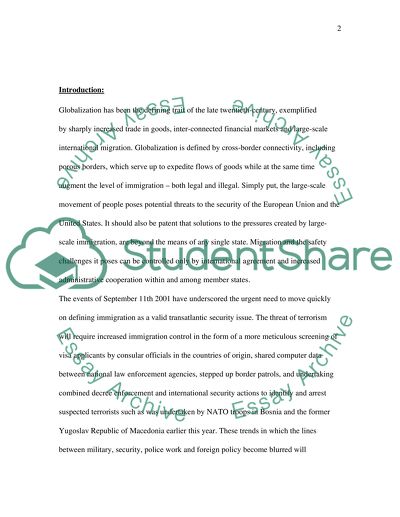Cite this document
(“Security System in Reference to Immigration Essay”, n.d.)
Security System in Reference to Immigration Essay. Retrieved from https://studentshare.org/politics/1525175-security-system-in-reference-to-immigration
Security System in Reference to Immigration Essay. Retrieved from https://studentshare.org/politics/1525175-security-system-in-reference-to-immigration
(Security System in Reference to Immigration Essay)
Security System in Reference to Immigration Essay. https://studentshare.org/politics/1525175-security-system-in-reference-to-immigration.
Security System in Reference to Immigration Essay. https://studentshare.org/politics/1525175-security-system-in-reference-to-immigration.
“Security System in Reference to Immigration Essay”, n.d. https://studentshare.org/politics/1525175-security-system-in-reference-to-immigration.


